The sound and the city: Swiss exhibit captures Kolkata’s streets
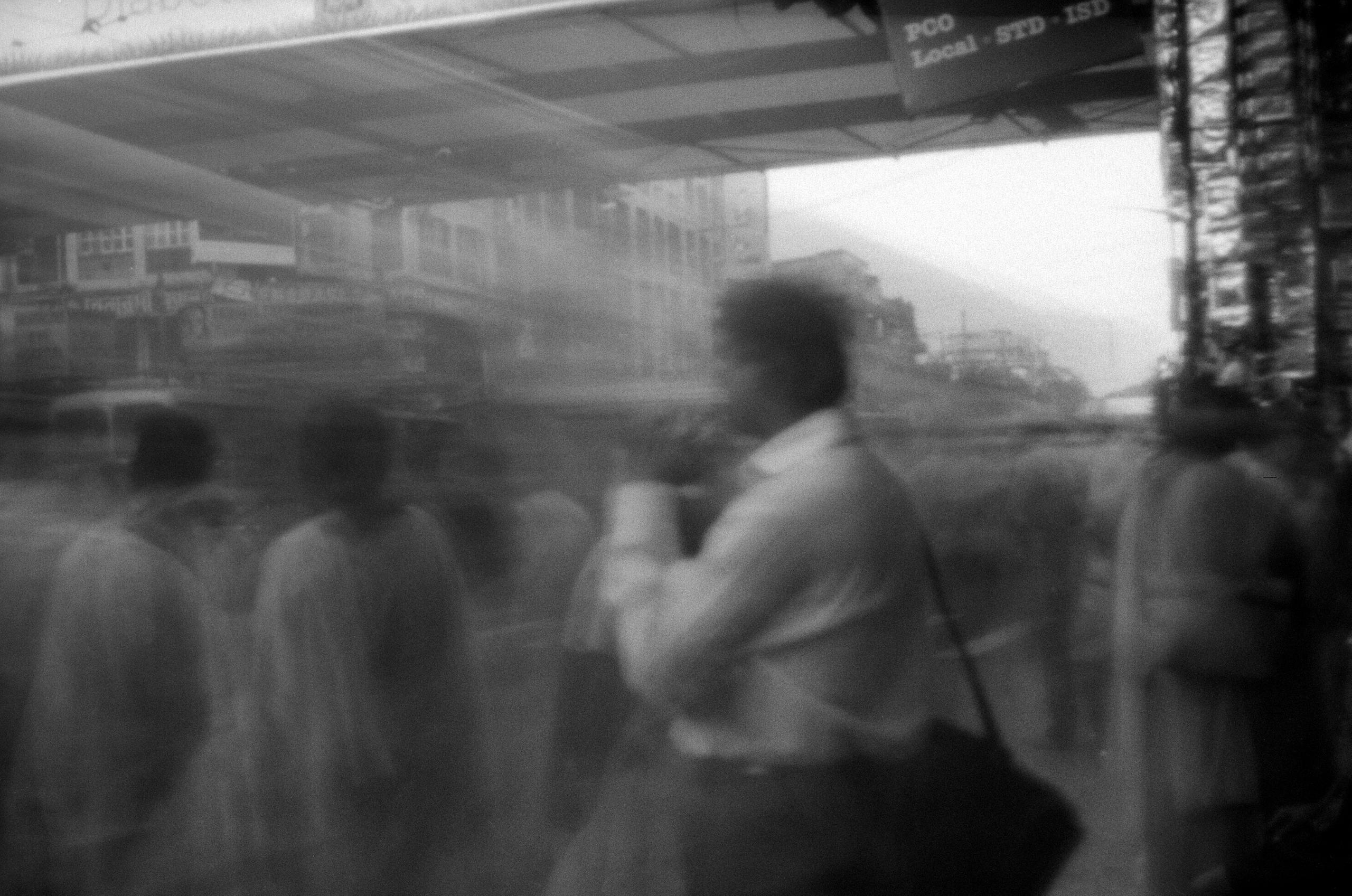
From barking street dogs to hustling hawkers and singing beggars, two Swiss friends have tried to record the essence of the Indian city of Kolkata. Their soundscapes and images are now on virtual exhibit through a Zurich museum.
Thomas Kaiser has a soft spot for Indian crows. A tree-lined empty lot behind his favourite Kolkata (formerly Calcutta) budget hotel attracted the vocal birds all day long.
“I would try to book a rooftop room so I could feed them,” he says.

More
Kolkata’s ubiquitous crows, recorded in April 2004
The crows, the city and its people would keep Kaiser returning to the same Gariahat neighbourhood in Kolkata over a period of almost 15 years (1994 to 2008) to record the sounds of the area. For someone working in radio in Switzerland, the acoustical density in the eastern Indian city was like nowhere else.

More
Baul singer Vishnupada Das, recorded in August 2006
The tinkling of the bells of the hand-drawn rickshaws, the soulful ballad of the Baul folk singer trying to earn a few coins and the rhythmic sales banter of street hawkers looking to make a quick sale added to rich soundscape of the city.

More
Hawkers on Chowringhee Road, recorded in June 1997
But despite its teeming millions, Kolkata is not always a cacophony.
“I was fascinated by the nighttime in Kolkata as it is a huge city that became very quiet after 10pm. It almost felt like an Indian village where the only sound was stray dogs barking,” he says.

More
Street dogs at midnight at the old Kali temple, recorded in October 2002
Kaiser’s collection of Kolkata soundscapes is currently being exhibited at the University of Zurich’s Ethnographic Museum where he oversees the sound archives. It will be his final exhibition as he turns 65 this year and will retire in December. Covid-19 restrictions have put a dampener on his last hurrah, but a virtual exhibitionExternal link could potentially ensure his work has a much bigger audience.

More
A brass band in Kolkata’s Mahatma Gandhi Road, recorded in November 1996
First taste
While Kaiser was studying fine arts at Germany’s Düsseldorf university, he was influenced by the German artist Joseph Beuys who developed the concept of “social sculptures”. He considered society as a whole to be the malleable material of art.
“He was saying that art was not about paintings and sculptures but also interactions between people. I wanted to see if this concept would have any meaning in a non-Western context,” says Kaiser.

More
Local Sara prepares her evening meal, recorded in October 2003
When friends told him about their experiences in Kolkata, he wanted to go there.
“What they told us was quite different from stories of poor people, slums and Mother Teresa that were popular at the time. They spoke of poets, writers, filmmakers and artists,” says Kaiser.

More
A beggar on Chowringhee Road playing the harmonium, recorded in June 1998
He convinced friend and photographer Samuel Schütz to join him on a trip to the sprawling Indian city. Schütz brought a range of photographic equipment with him including material needed to develop films in his hotel room. He did not know what to expect. After some experimentation he settled for the most rudimentary option: a simple shoe box that would serve as a camera obscura or pinhole camera. The photographic technique dates to the early 19th century.
“I didn’t want to walk around with a camera like a tourist clicking what I thought was interesting,” says Schütz.
The shoebox camera had to be placed on the ground or on a wall which meant Schütz had to give up on the idea of being 100% in control of the image. He could only partially choose what to focus on. The box can only take one picture before the film has to be changed, which meant slowing things down.
“It enabled me to collect pictures instead of taking them,” says Schütz who is now 57.
Sound bites
Kaiser, on the other hand, used the best equipment possible to record high-quality audio. However, like Schütz he adopted a slow approach to capturing the essence of Kolkata.
“Sound recording requires patience and you have to revisit people until they open up and start talking,” he says. “I think this slow approach was ideal for what we were trying to capture.”

More
A lone Sadhu takes a late night bath in the Tolly Canal, recorded in June 1998
As a sound archivist, Kaiser naturally feels that sound is its own medium. He is unhappy about how it is accorded second-rung status in museums (if they even have a sound archive at all). Kaiser cites the Naga tribe in northeastern India, who wear brightly coloured ceremonial costumes, as an example of sound going forgotten.
“Museums used to collect the Naga headgear and necklaces but ignored the fact that the core of their traditional life was song as it was used to transfer knowledge. I interviewed a few master singers and they told me that a young person who couldn’t sing was regarded as ignorant and would never find a spouse,” he says.

More
Dom caste drummers near the old Kali temple, recorded in October 2002
So it comes as no surprise that Kaiser’s last exhibition has sound as its central theme. The only object in the exhibition space is an effigy of the Hindu Goddess Kali, meant as an homage to the Kali temple in the centre of Kolkata’s Kalighat neighbourhood where Kaiser and Schütz worked.
According to Kaiser, the soundscape of his favourite part of Kolkata hasn’t changed much in 20 years. In this respect it is like Zurich, where he lives.
“Acoustically Zurich has not changed much over the past few years but a lot over the past few months. Now you hear birds that you didn’t hear before the coronavirus restrictions,” he says from his home.

More
Morning sounds on Dover Lane, where Kaiser and Schütz stayed, recorded in November 1996

In compliance with the JTI standards
More: SWI swissinfo.ch certified by the Journalism Trust Initiative
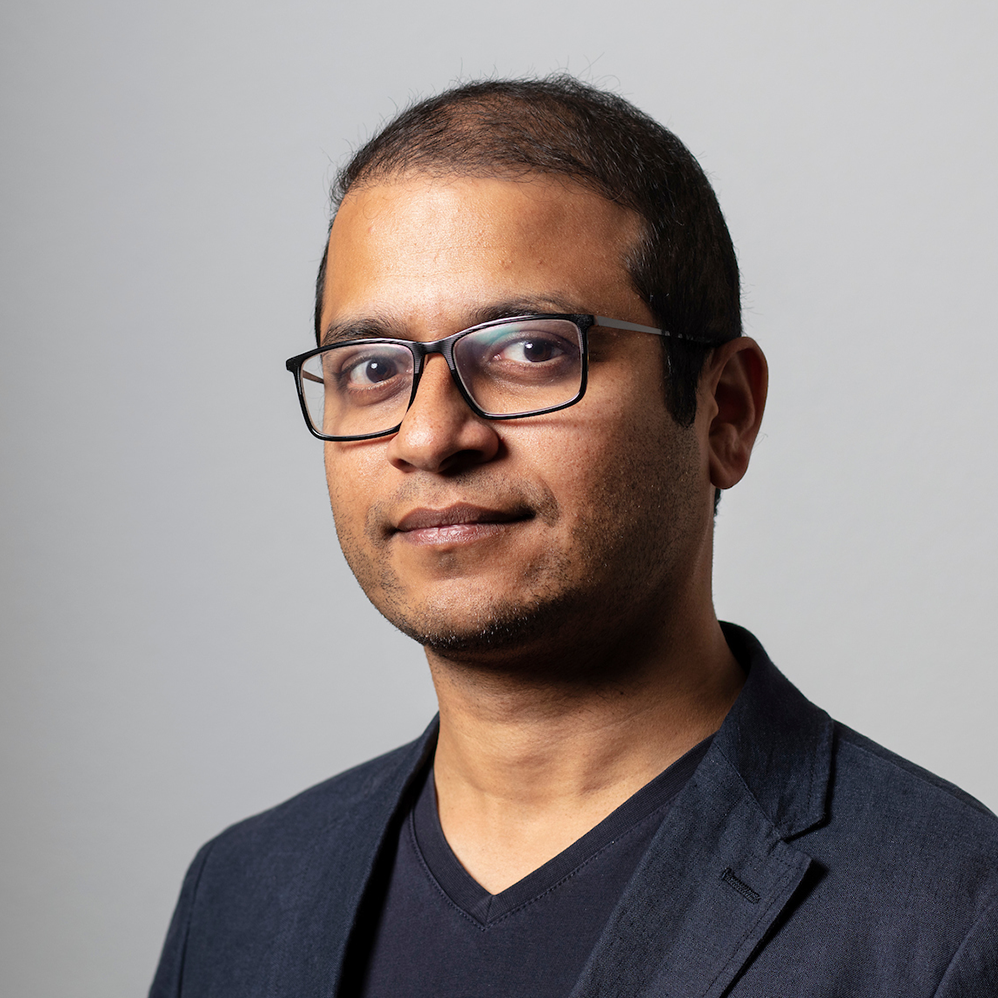
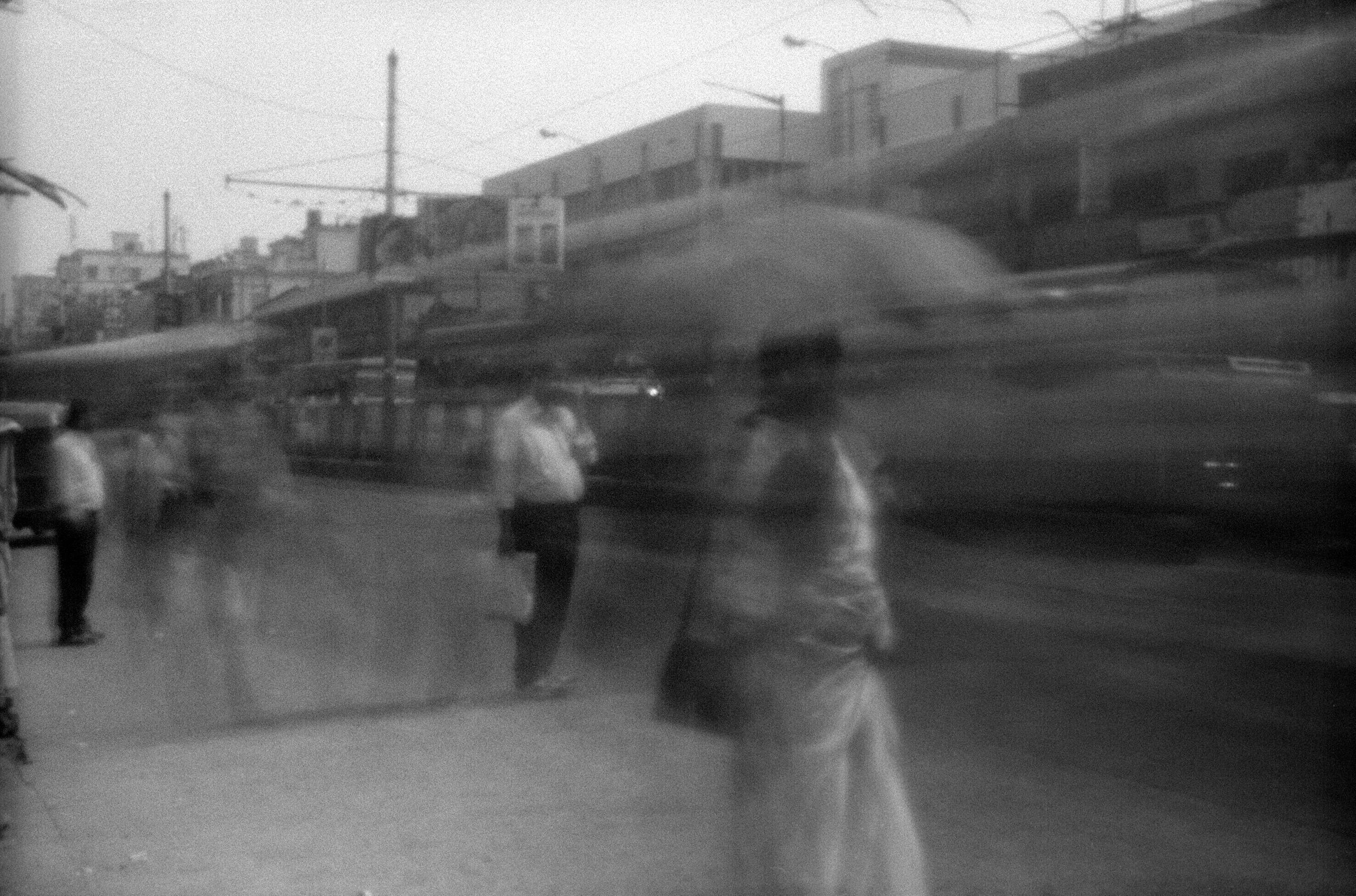
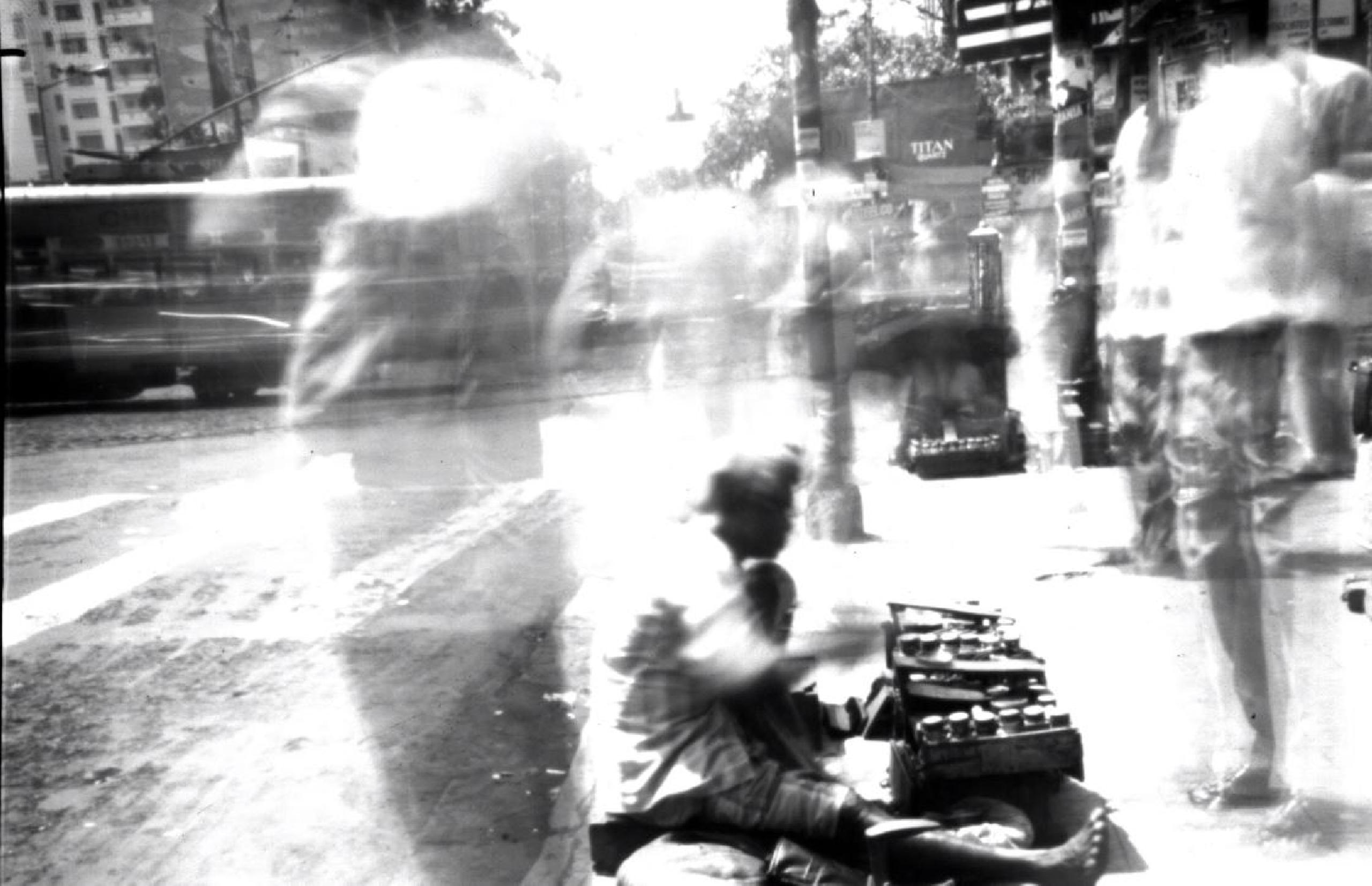
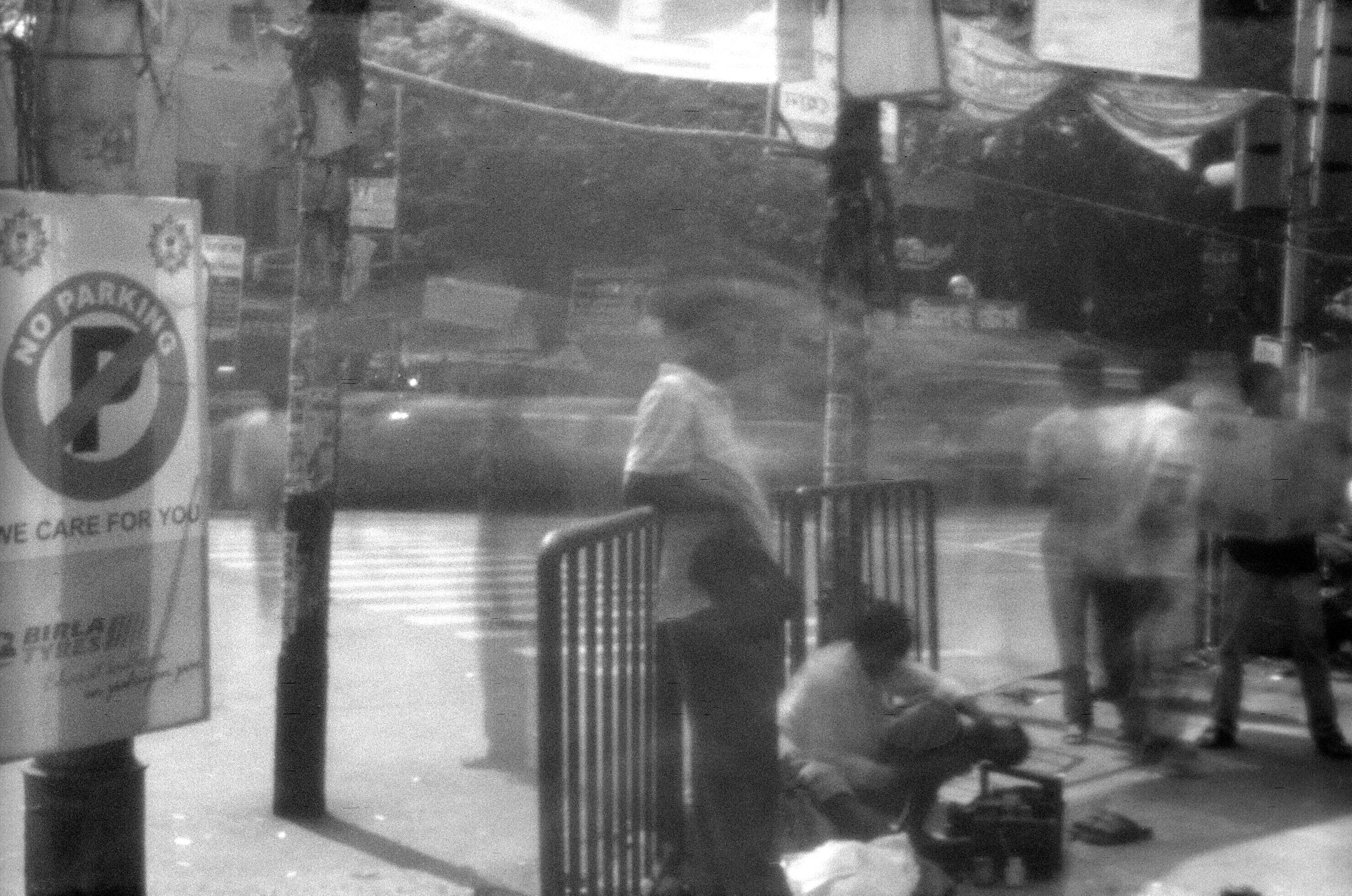
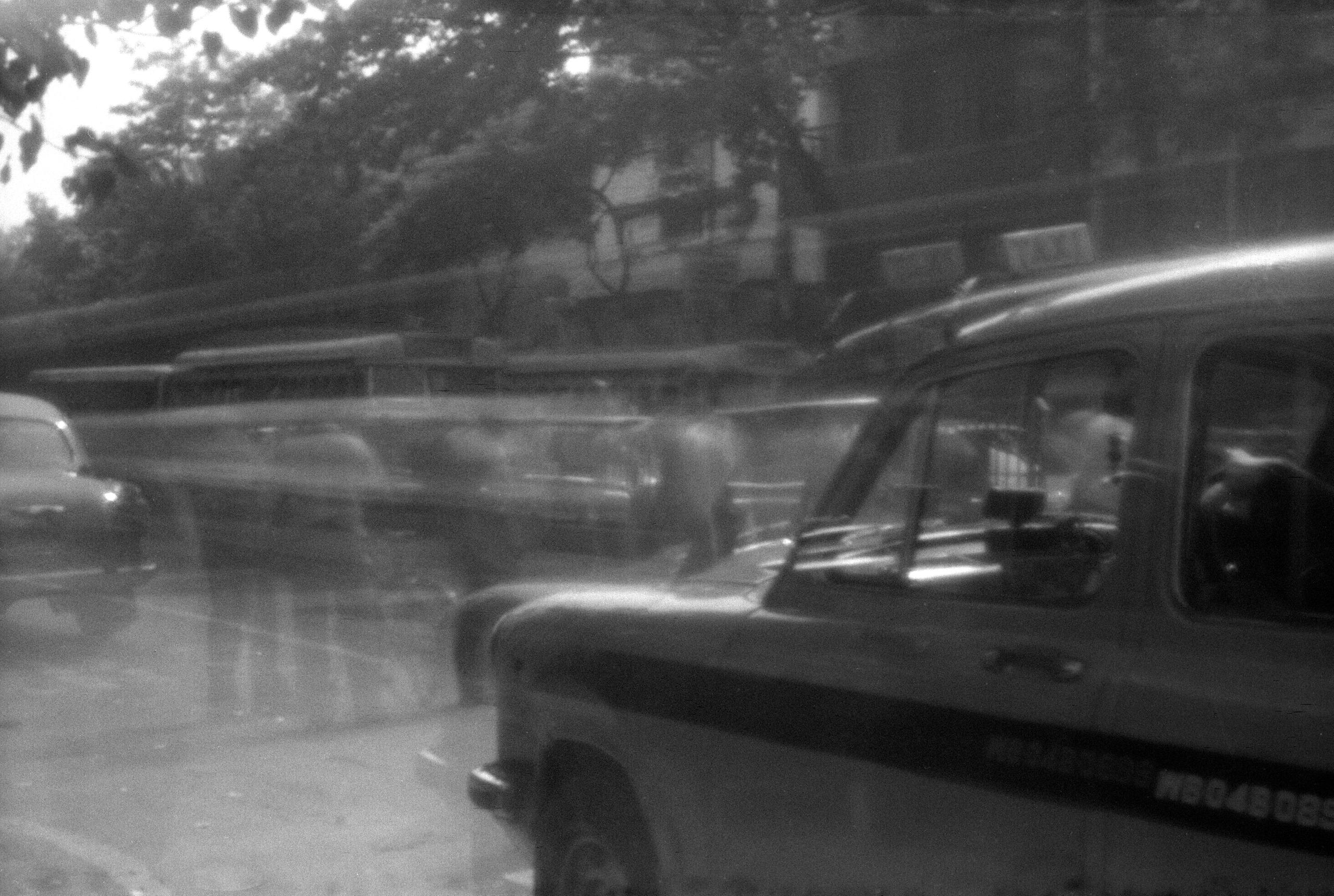
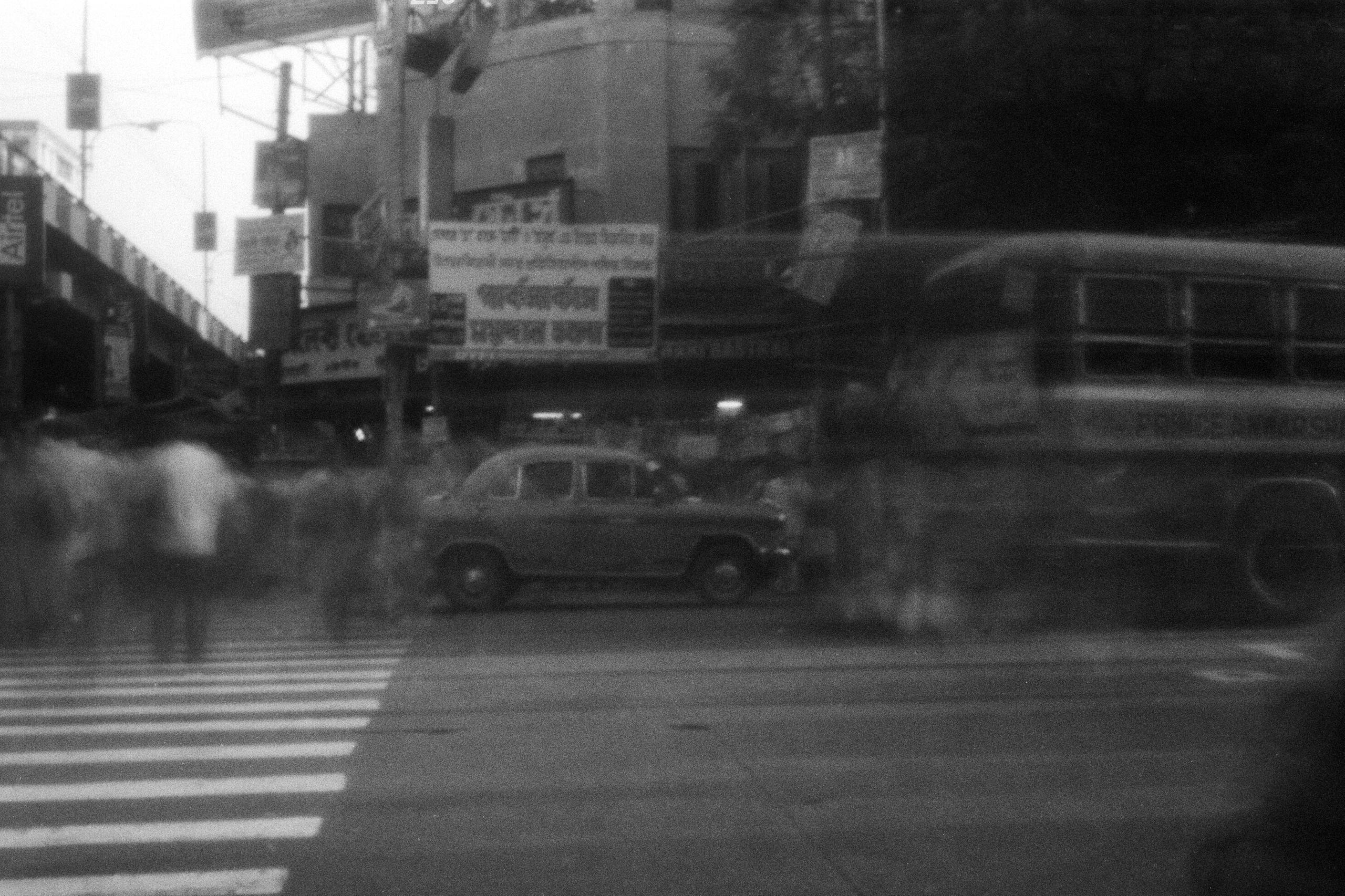
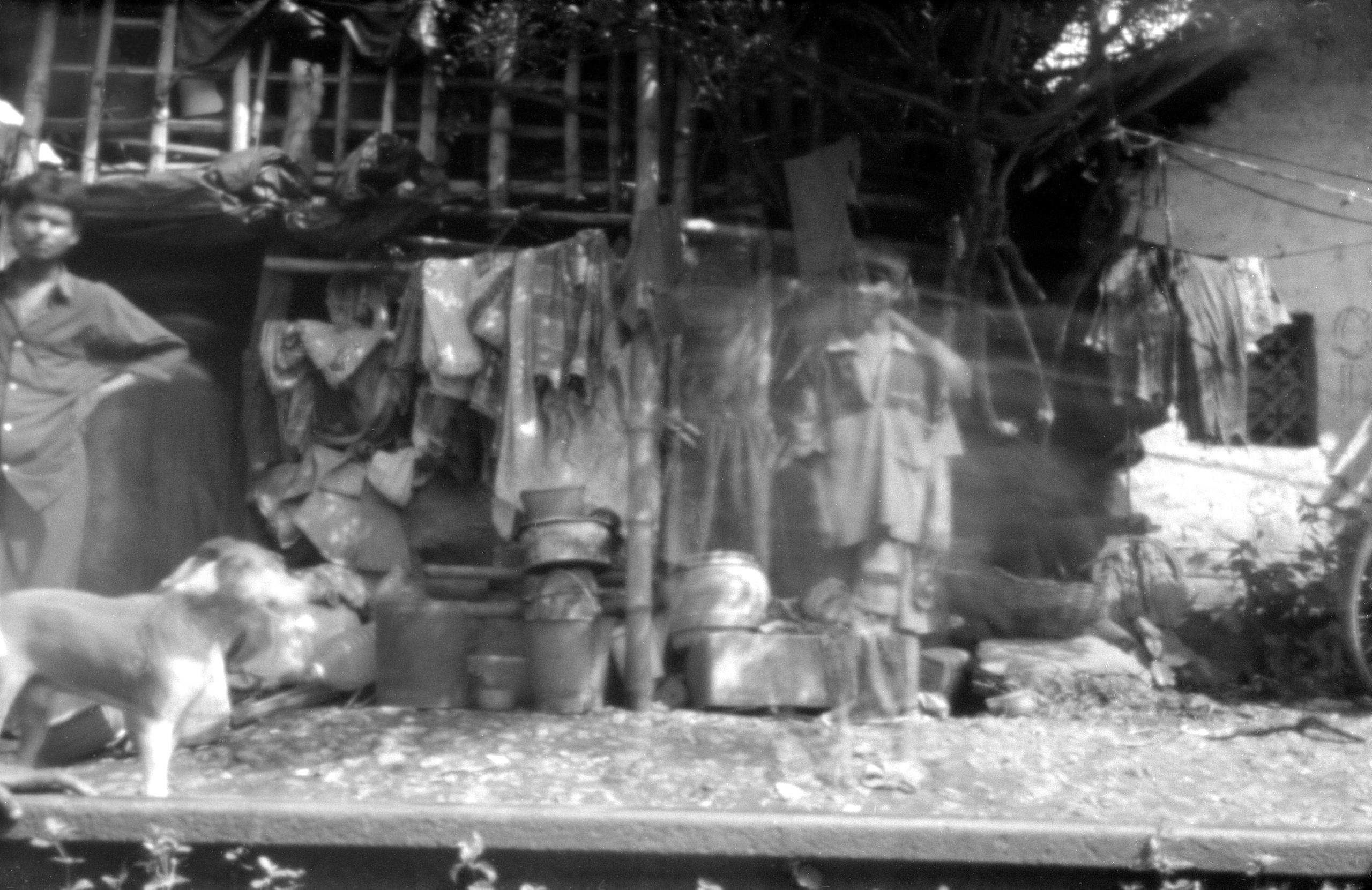
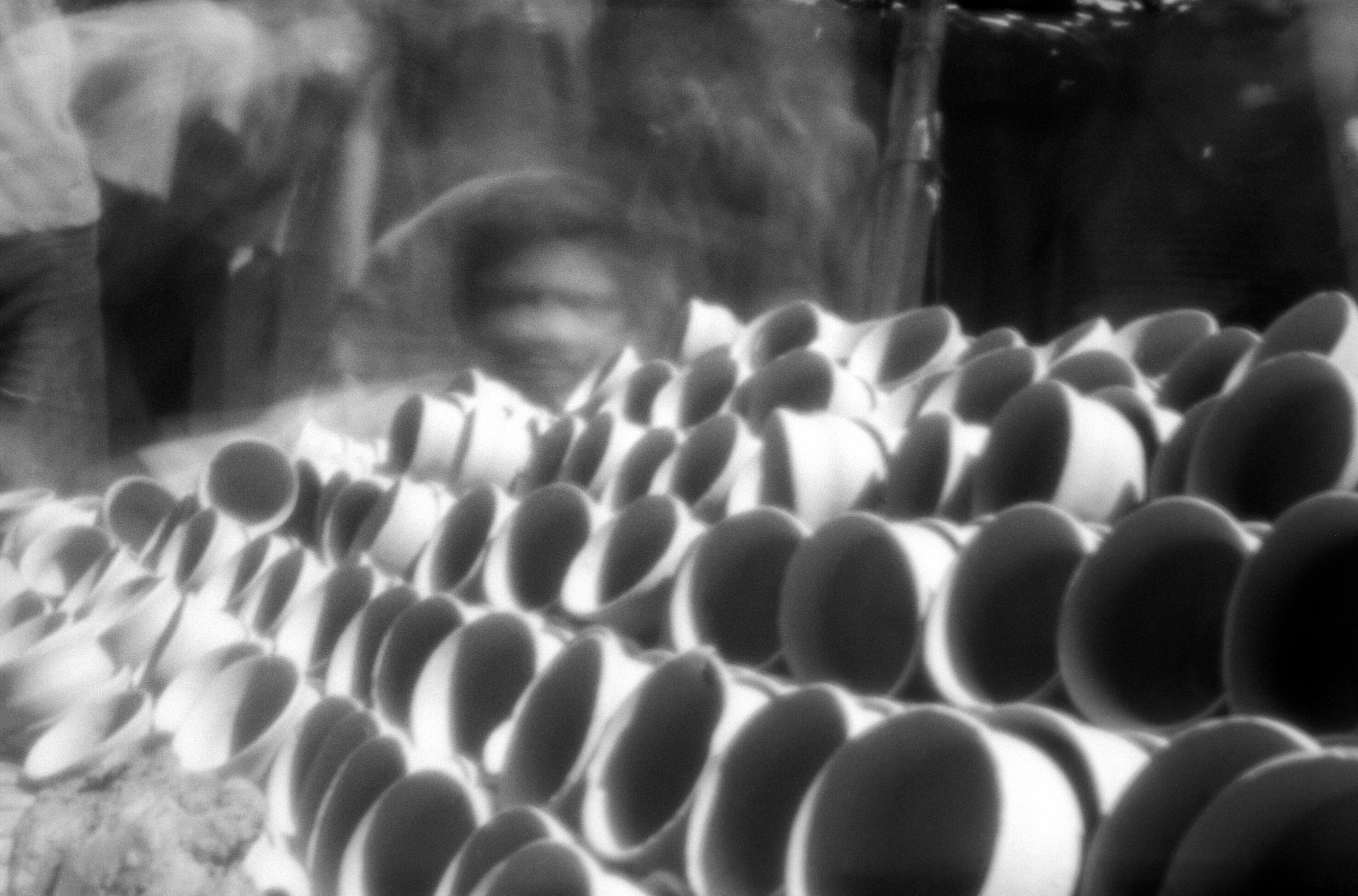
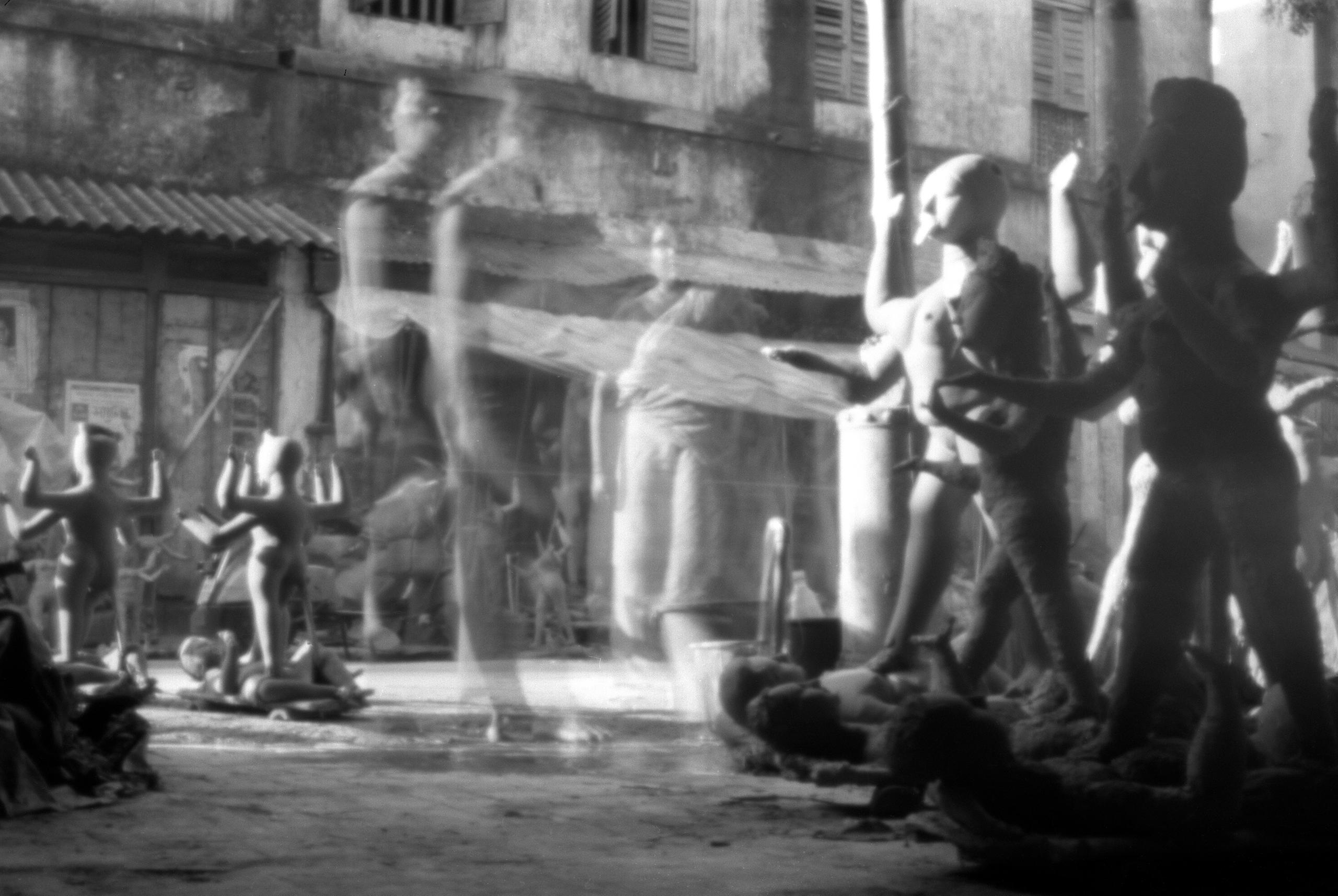
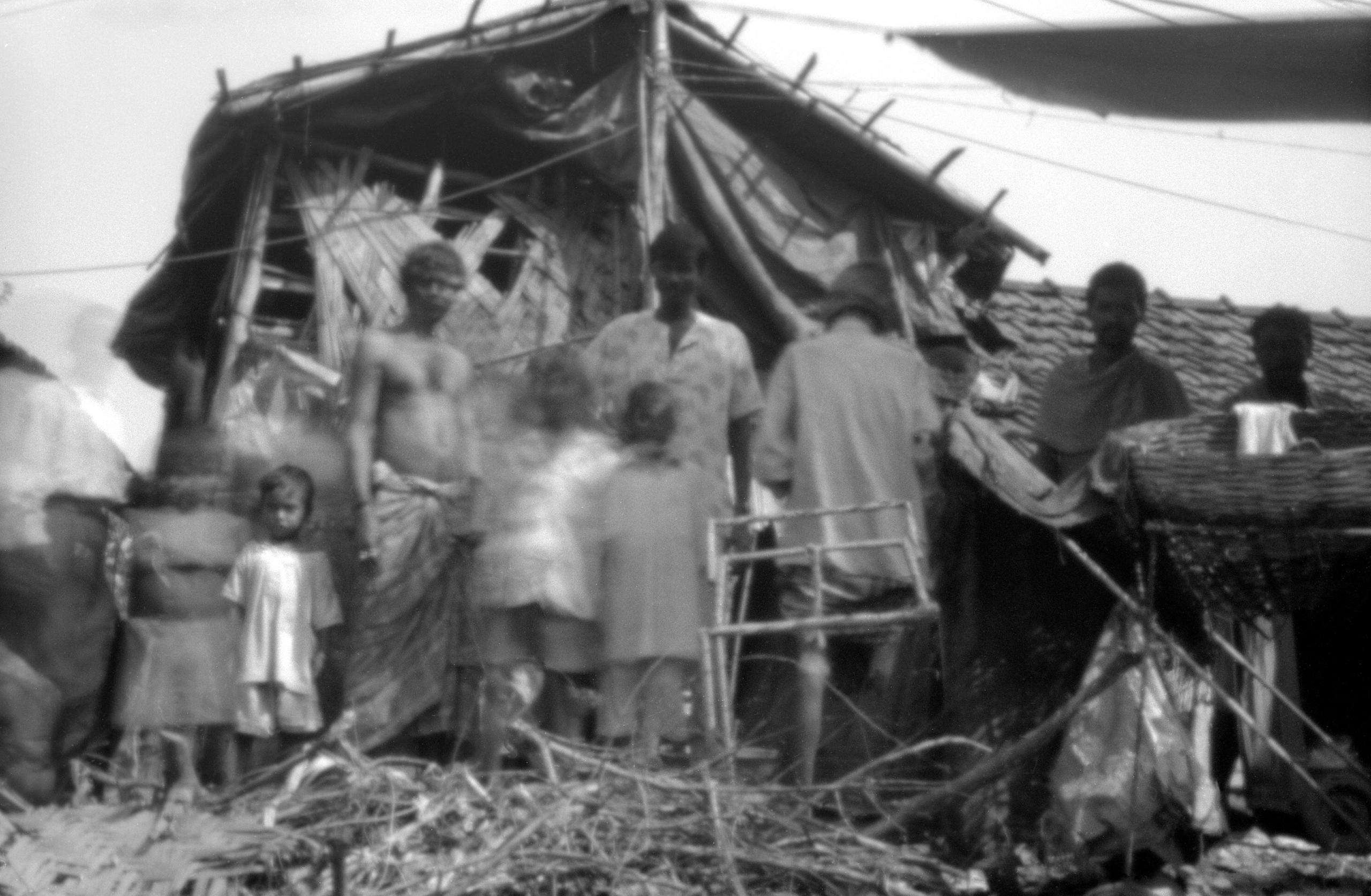
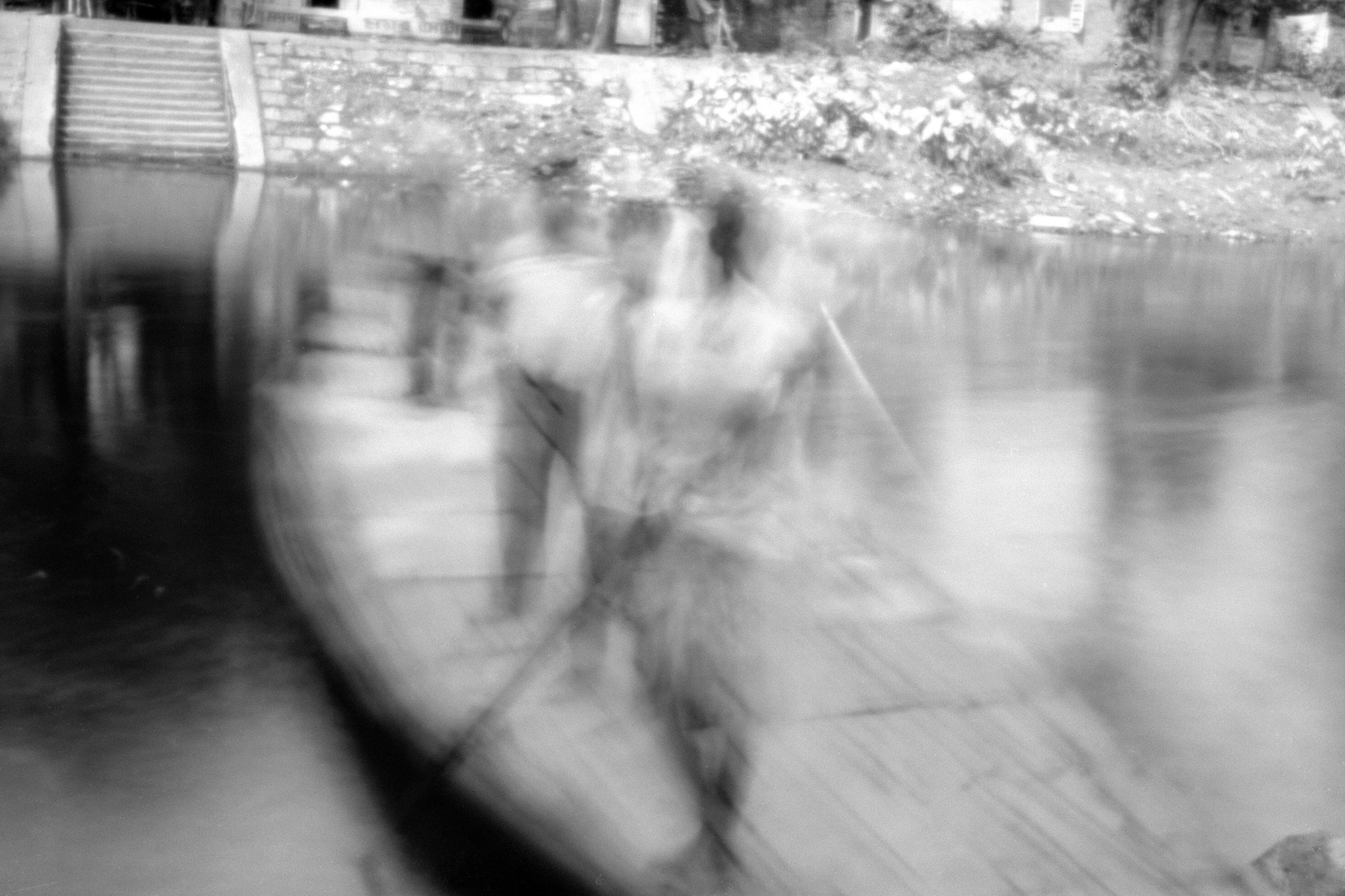
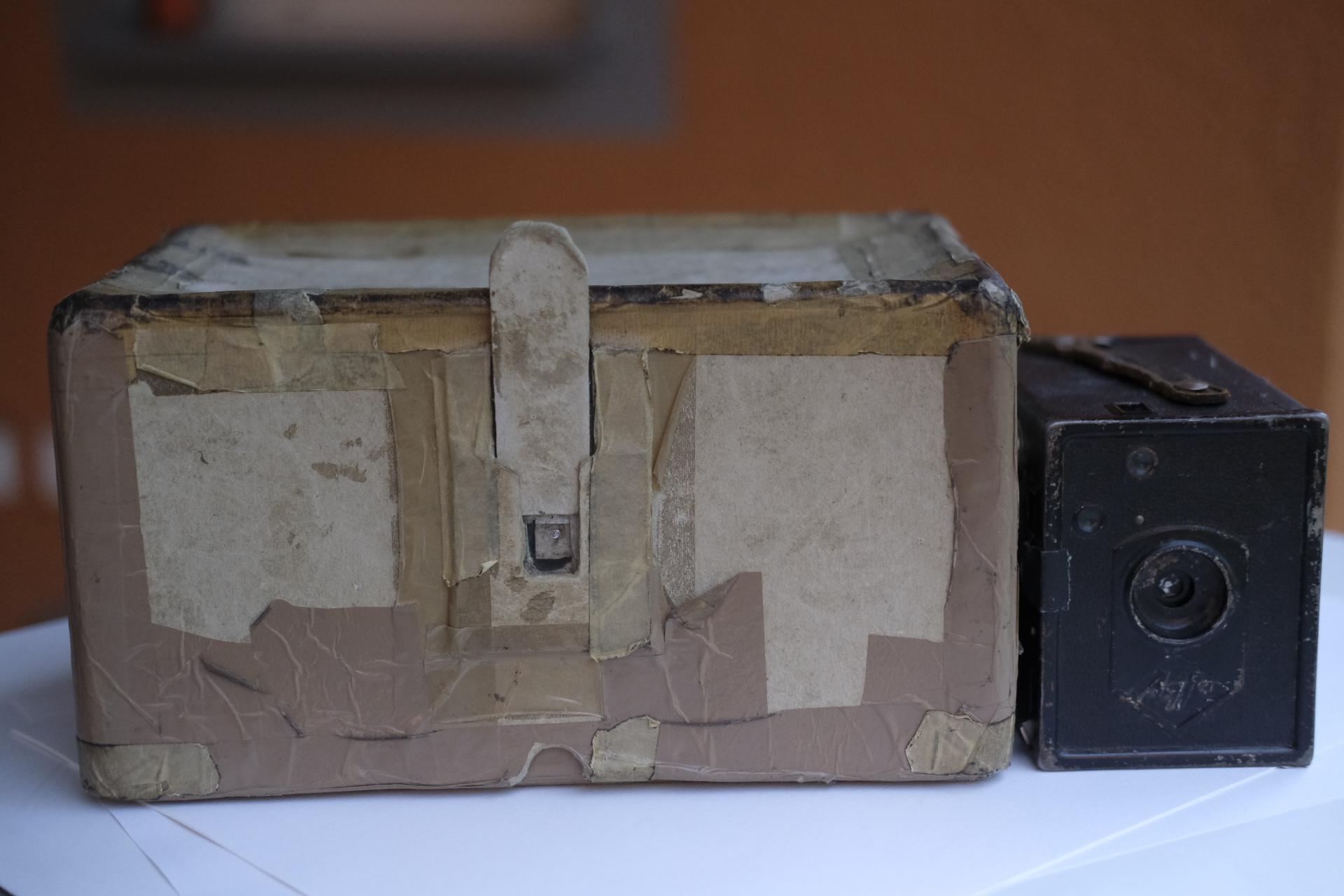
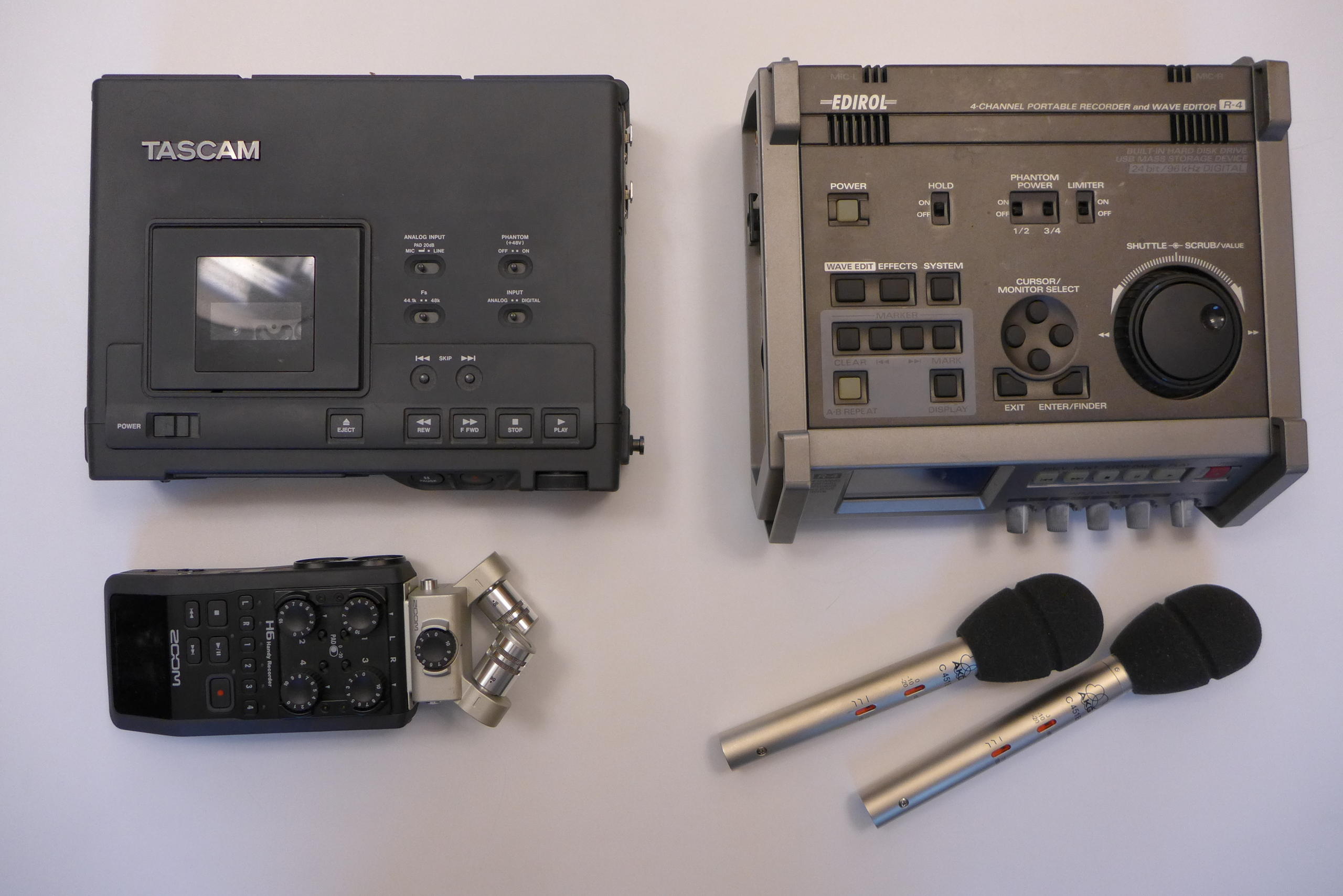
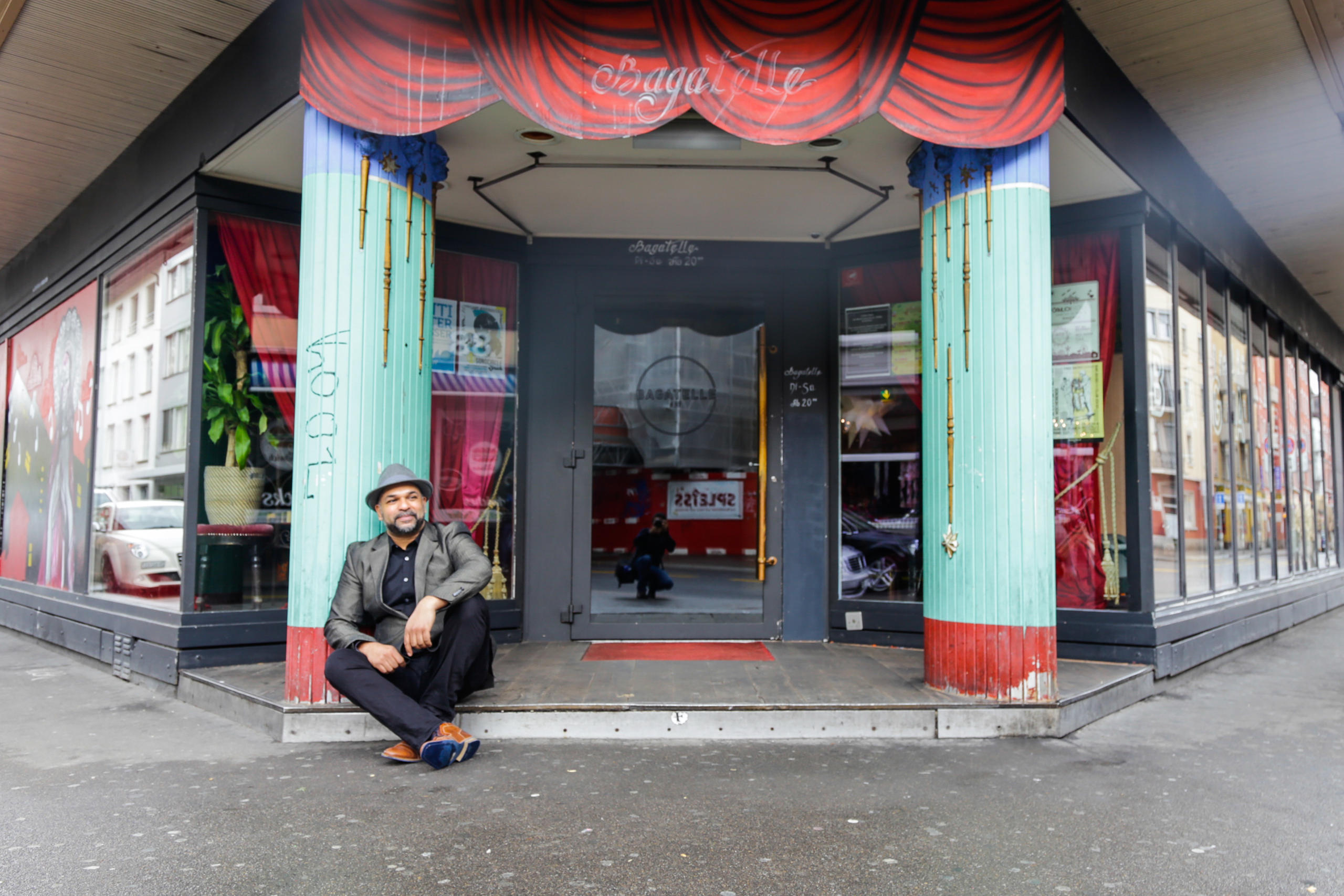
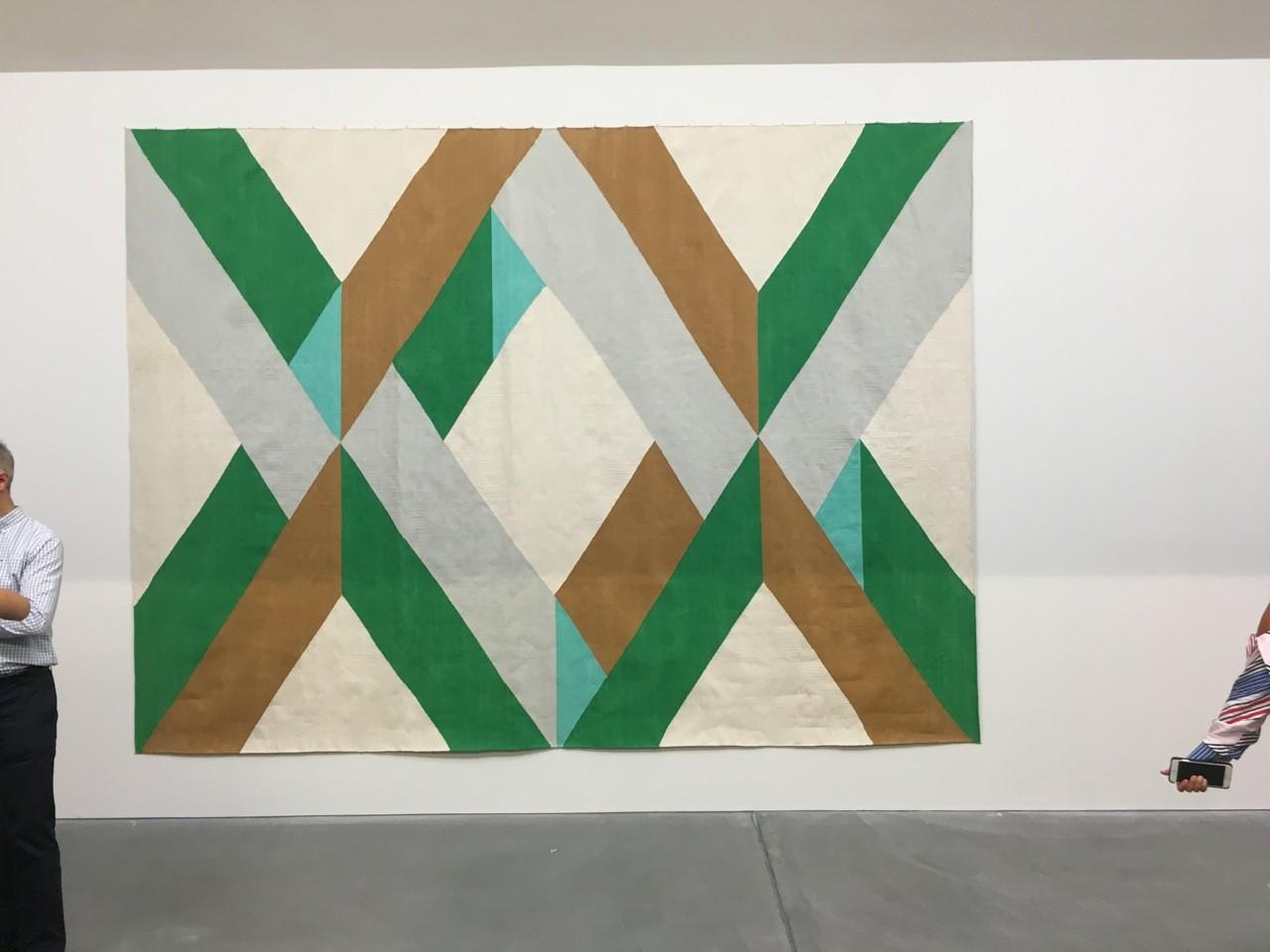
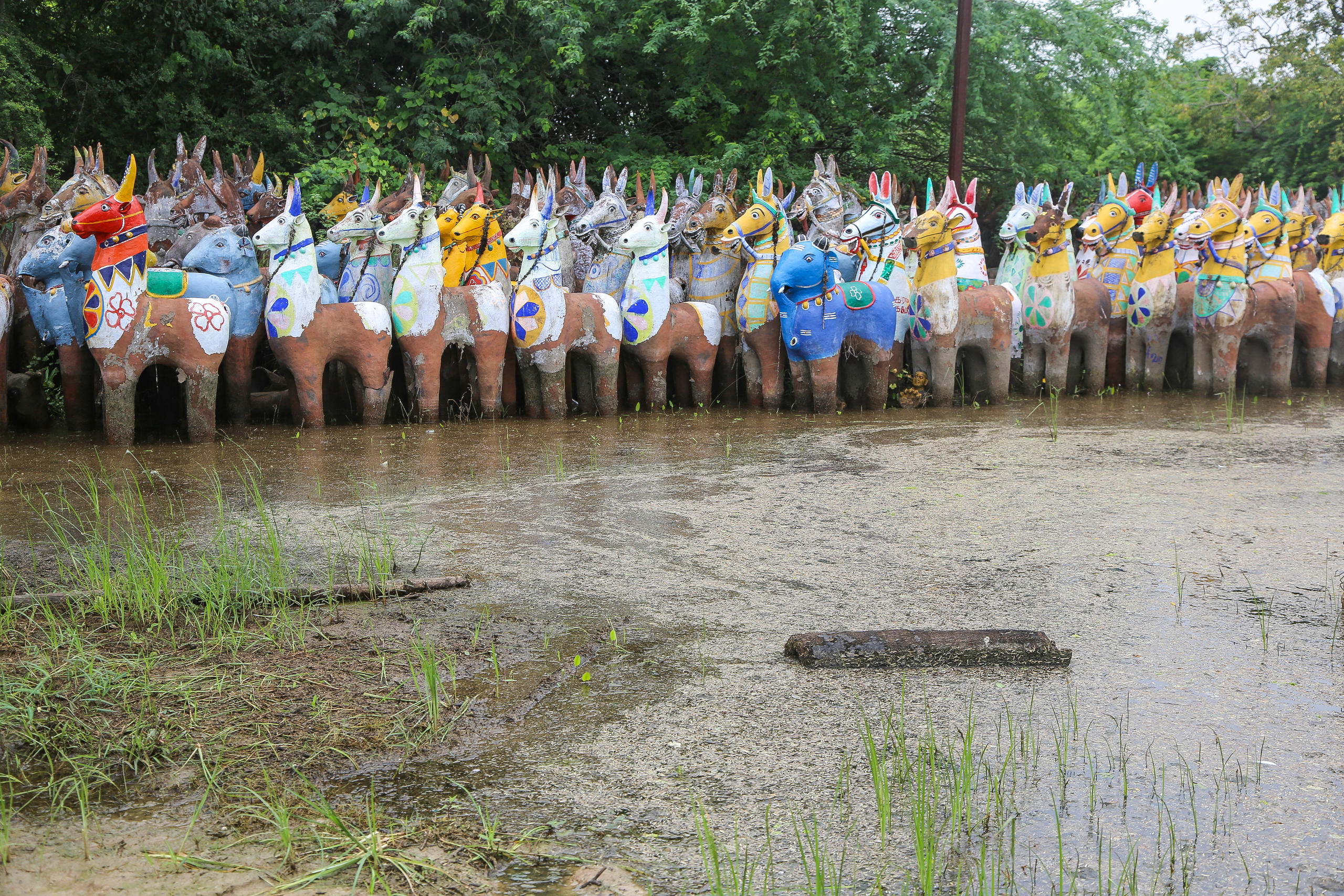
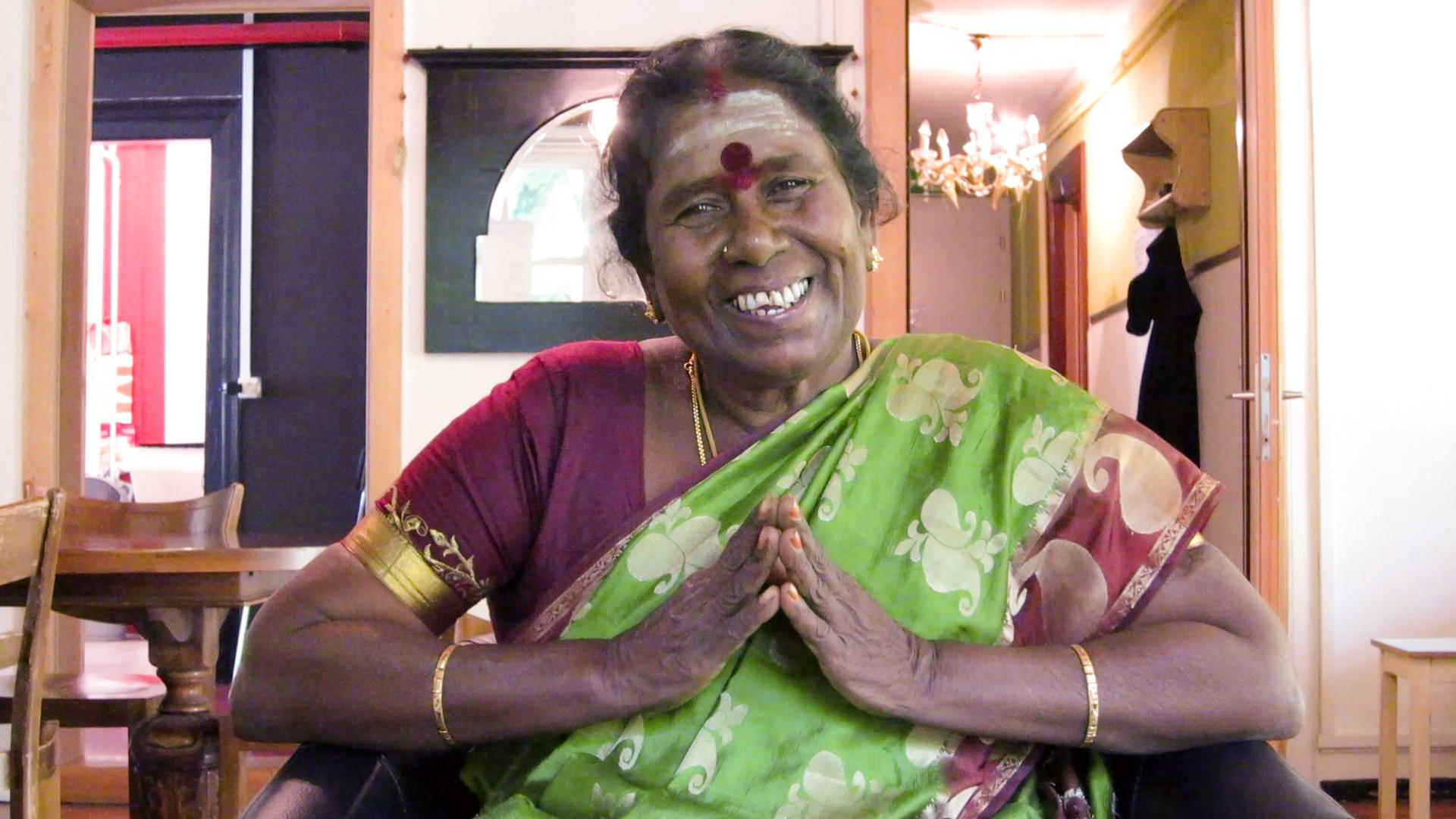
You can find an overview of ongoing debates with our journalists here. Please join us!
If you want to start a conversation about a topic raised in this article or want to report factual errors, email us at english@swissinfo.ch.